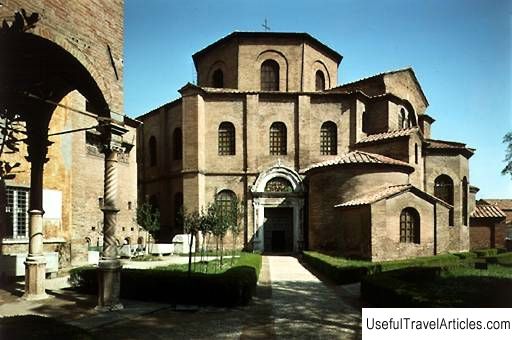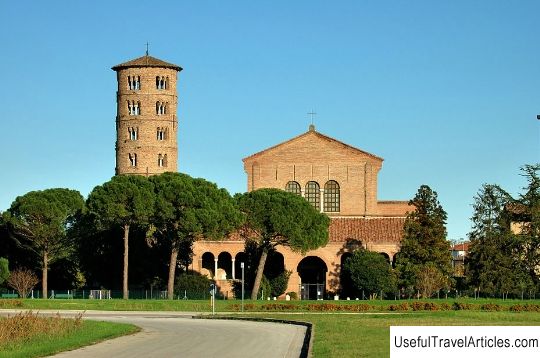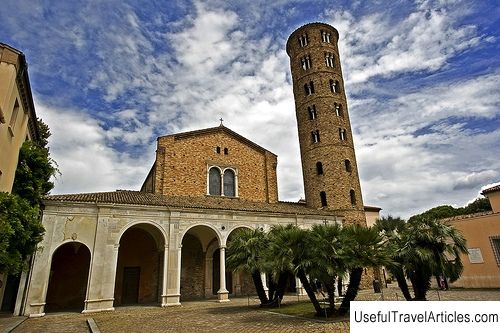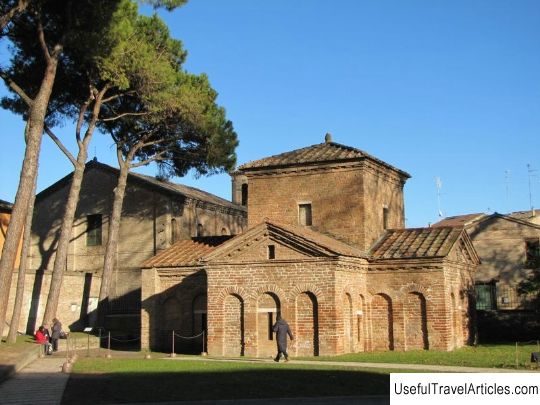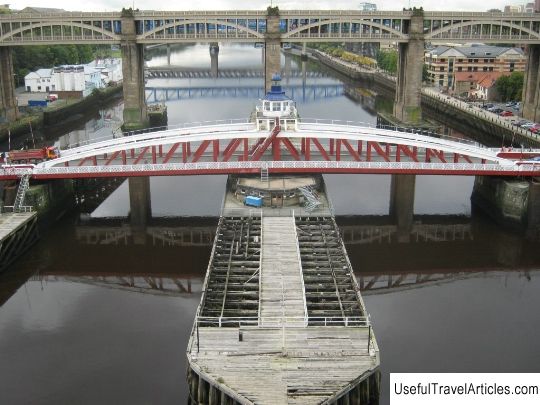Basilica di San Vitale description and photos - Italy: Ravenna
Rating: 9,0/10 (1847 votes) Basilica di San Vitale description and photos - Italy: Ravenna. Detailed information about the attraction. Description, photographs and a map showing the nearest significant objects. The title in English is Basilica di San Vitale. Photo and descriptionThe Basilica of San Vitale, located in Ravenna, is actually not a basilica in the architectural sense. It is one of the most interesting examples of early Christian Byzantine art in Western Europe. The basilica is included in the list of UNESCO World Cultural Heritage Sites. Construction of San Vitale began in 527, when Ravenna was under the rule of the Ostrogoths, and ended 20 years later, when the city was already the capital of the Ravenna Exarchate. The name of the architect of the basilica remains unknown. The church has the shape of an octagon and combines elements of Romanesque architecture (dome, shape of doorways, multi-tiered towers) and Byzantine (polygonal apse, capitals). Of course, its main attraction is the magnificent Byzantine mosaics, the largest and best preserved outside of Constantinople (now Istanbul). In addition, this is the only church from the time of Emperor Justinian I, which has survived to this day in an almost unchanged form. The central part of the basilica is surrounded by two external deambulatory - circular detours around the apse. The upper one, intended for married women, contains mosaics depicting scenes from the Old Testament and depicting symbols of the Evangelists on the walls. The vault of the presbytery is decorated with mosaics depicting leaves, fruits and flowers. The apse of the basilica is flanked by two chapels, which was typical of Byzantine architecture. It is interesting that the dome of this particular basilica inspired the great Filippo Brunelleschi to create the dome of the Cathedral of Florence. Next to San Vitale is the National Archaeological Museum of Ravenna, which houses Roman coins, Byzantine bone carvings, frescoes, a collection of textiles and paintings from the 17th and 18th centuries.       We also recommend reading Museum of Polish Post (Muzeum Poczty Polskiej) description and photos - Poland: Gdansk Topic: Basilica di San Vitale description and photos - Italy: Ravenna. |
